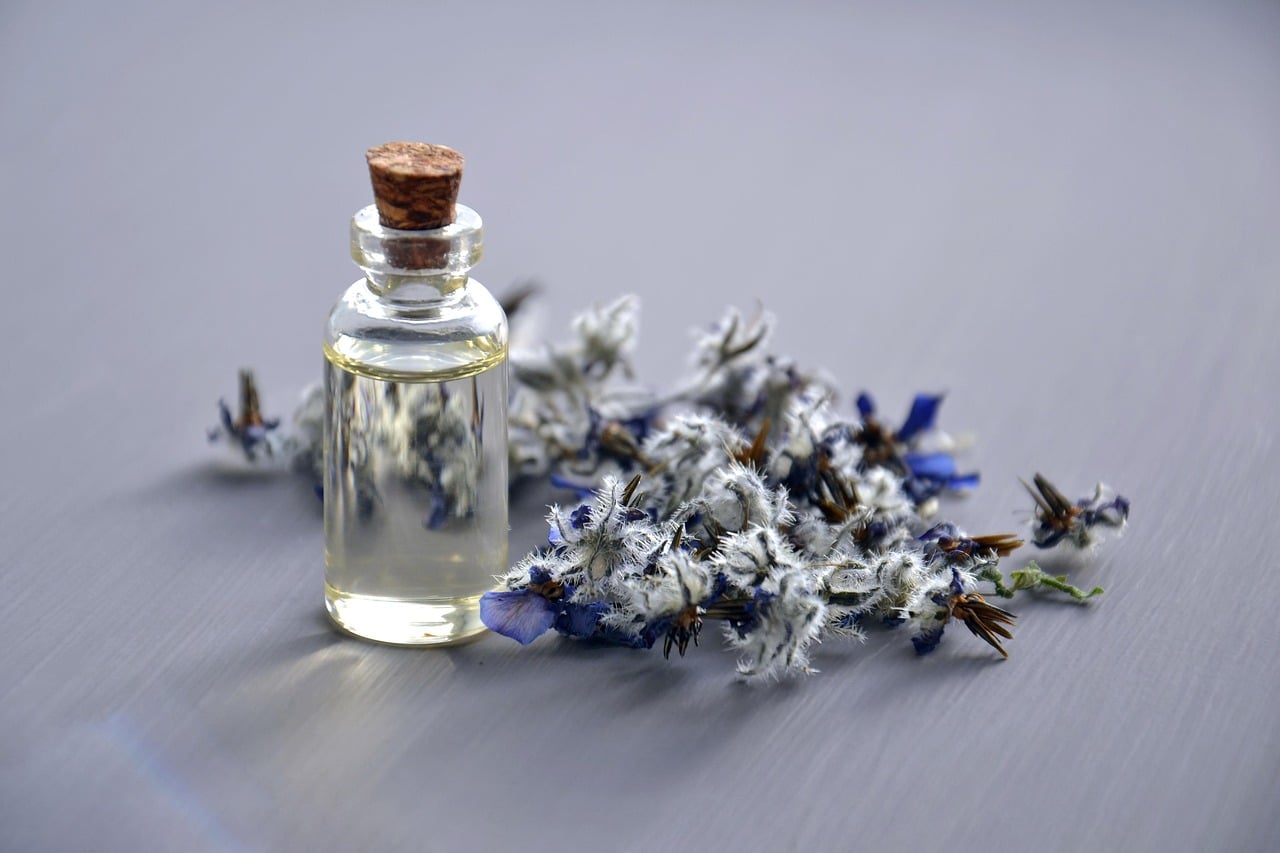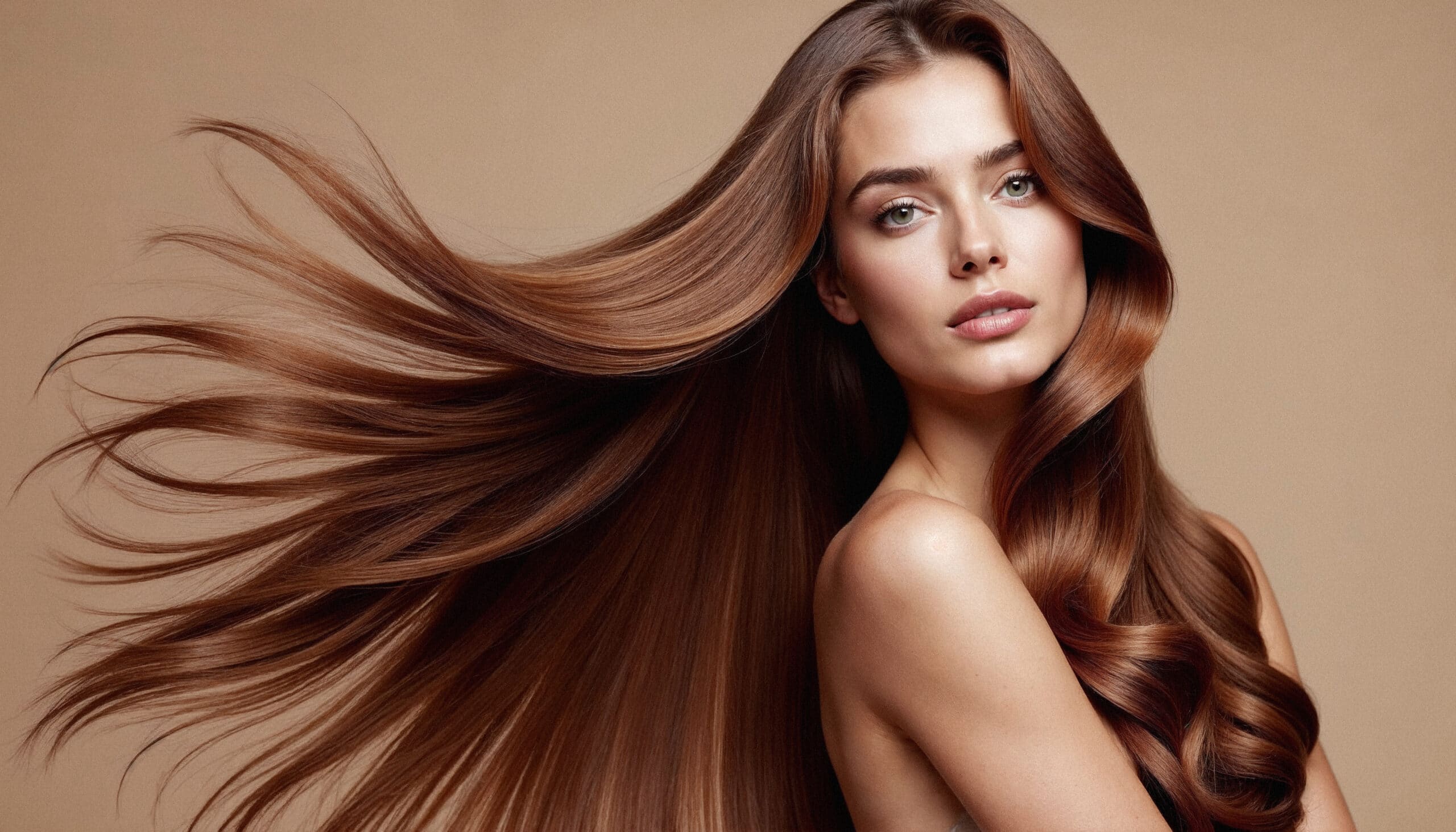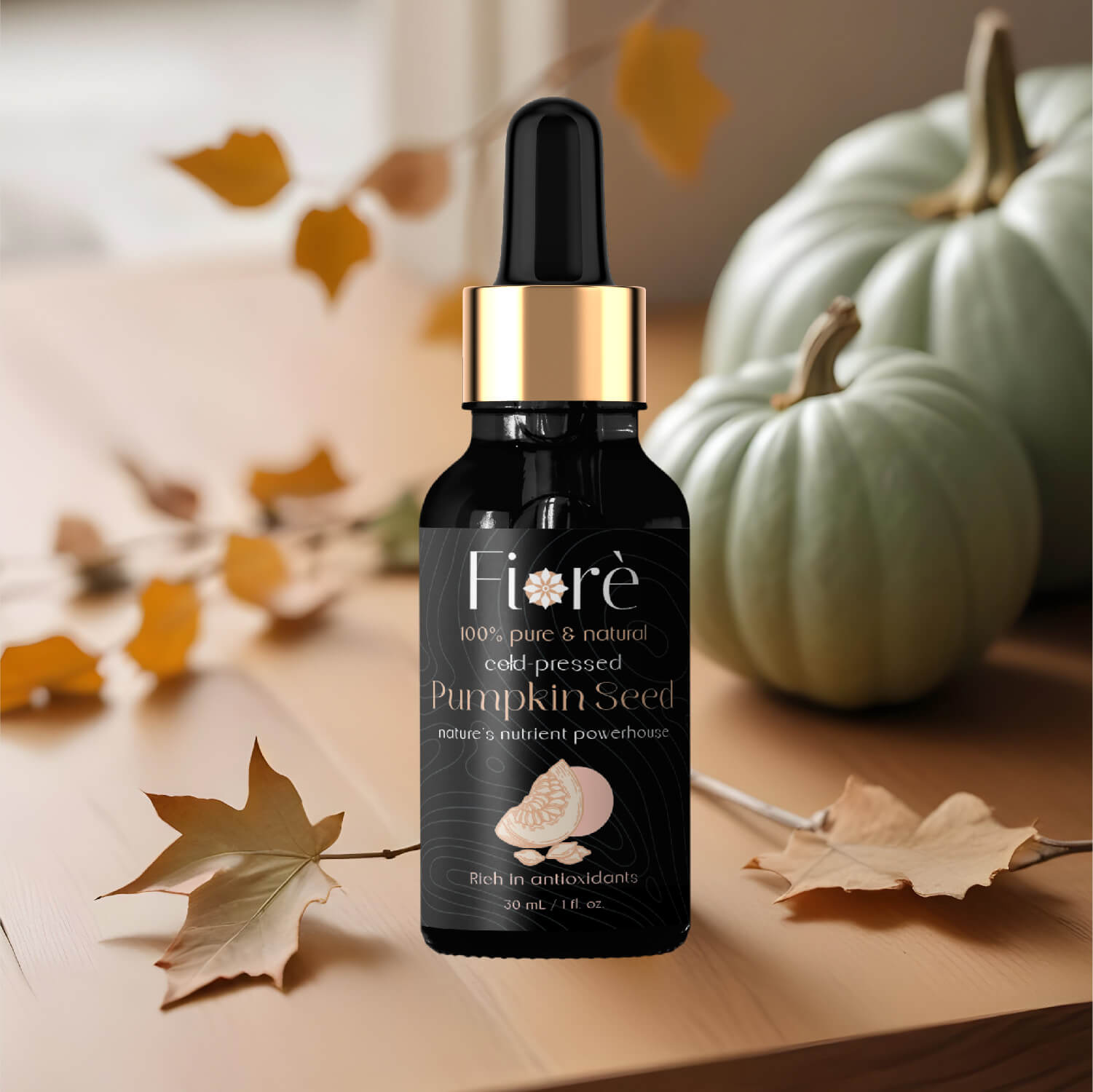wellness
Essential Oils for Hair Health and Growth With Fiore Oils

If you’re tired of hair loss, thinning strands, or a dry scalp, nature may hold the solution you’ve been searching for. Essential oils for hair health and growth have been used for centuries to stimulate hair follicles, fight dandruff, and restore shine — all without synthetic chemicals or harsh treatments.
In this blog, we’ll explore the most effective essential oils, how to use them safely, and why they’re a powerful tool for achieving thicker, healthier hair.
Why Use Essential Oils for Hair?
Essential oils are concentrated plant extracts known for their therapeutic properties. When applied properly to the scalp, they:
Stimulate blood circulation to the hair follicles
Soothe itchy, inflamed scalps
Fight fungus and bacteria that can cause dandruff
Promote stronger, healthier hair growth
Reduce hair thinning and breakage
Best of all, essential oils are 100% natural, making them a safe and effective alternative to commercial hair products filled with chemicals.
Best Essential Oils for Hair Health and Growth
Here are the top essential oils you should consider adding to your hair care routine:
1. Rosemary Oil
Known as one of the most powerful oils for stimulating hair growth, rosemary oil improves circulation to the scalp and has been shown to be as effective as minoxidil in some studies.
How to use:
Mix a few drops with a carrier oil (like coconut or jojoba), massage into the scalp, and rinse after 30 minutes.
2. Peppermint Oil
Peppermint oil gives a cooling sensation and increases blood flow, which may support follicle health and improve hair thickness.
Ideal for:
Oily scalp and thinning hair.

3. Lavender Oil
Lavender not only promotes relaxation, but also has antimicrobial properties that help reduce scalp infections and promote balanced oil production.
Bonus:
It can speed up hair growth and add softness.
4. Tea Tree Oil
This essential oil is excellent for fighting dandruff and clearing blocked hair follicles. It’s antimicrobial and helps maintain a clean, healthy scalp.
Important:
Use in moderation and always dilute it before application.
5. Cedarwood Oil
Cedarwood helps balance the scalp’s oil production, making it great for both dry and oily scalps. It also encourages hair growth and reduces hair fall.
How to Use Essential Oils Safely
Never apply essential oils directly to your scalp or skin. Always dilute them with a carrier oil, such as:
Real Benefits You Can Expect
With consistent use, essential oils can help:
Reduce hair fall
Encourage new growth
Improve scalp health
Enhance shine and softness
Prevent dandruff and dryness
You’ll notice stronger, healthier hair over time — without spending a fortune on salon treatments or chemical-based products
Want Faster Results? Try Fiore Oils
If you’re looking for a ready-made blend that combines these powerful ingredients, check out Fiore Oils. It’s a premium blend of essential and carrier oils designed specifically for hair growth and restoration — perfect for busy lifestyles.
Want to know more about repairing dry, damaged hair naturally? Read our blog: Dry, Damaged Hair? Revive It Naturally with Fiore Oils
Conclusion
Nature offers everything you need to grow strong, beautiful hair — no side effects, no chemicals. By incorporating essential oils for hair health and growth into your routine, you can boost scalp circulation, repair damage, and unlock your hair’s full potential.
✨ Ready to take the natural route? Start with rosemary, lavender, and peppermint — and remember: consistency is key
FAQs
How long does it take for essential oils to show results for hair growth?
You may start seeing improvements in 4–6 weeks with regular use.
Can I mix multiple essential oils together?
Yes! Many people use blends like rosemary + peppermint or lavender + cedarwood for enhanced benefits.
How often should I use essential oils on my hair?
2–3 times per week is ideal for most hair types.
Are essential oils safe for color-treated hair?
Yes, as long as they are diluted properly with a carrier oil.
Can men use these oils too?
Absolutely. Essential oils benefit all hair types and genders.
What's in your tap water?
Legal limits are designed to keep us safe, but contaminants still slip through the cracks. Find out what’s lurking in your water.





